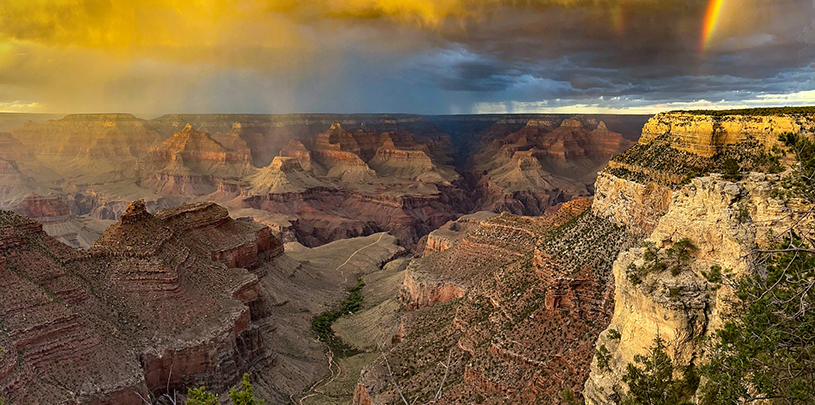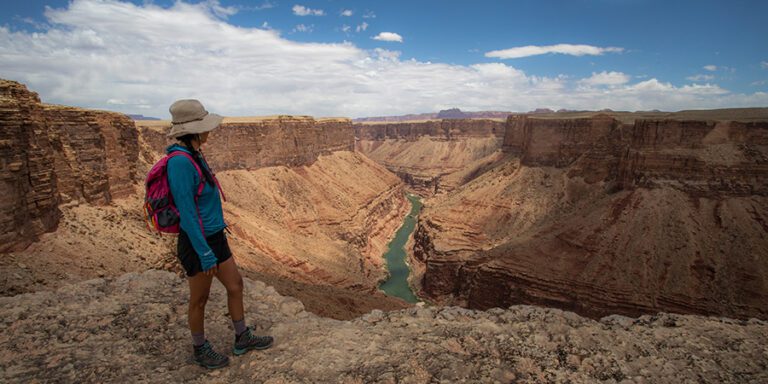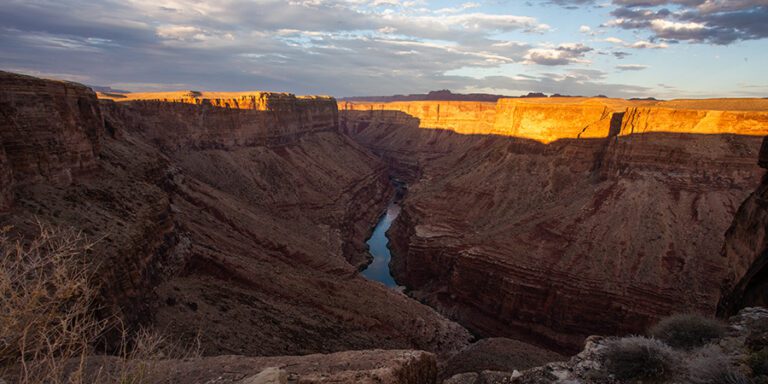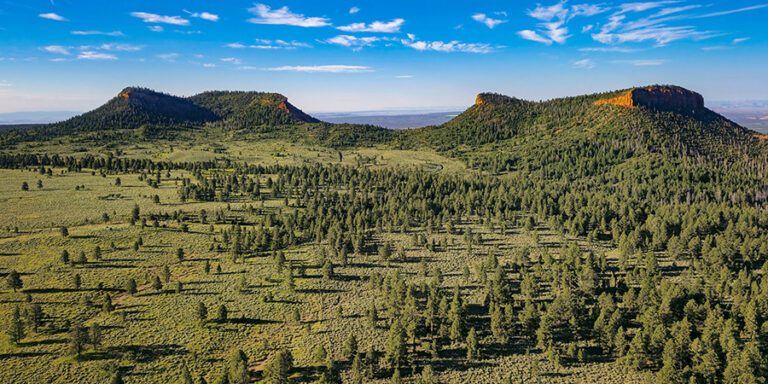
Arizona Governor Katie Hobbs is the latest elected official to call for an environmental review of Pinyon Plain uranium mine.
Arizona’s governor, Katie Hobbs, is the latest elected official to call for an environmental review of Pinyon Plain Mine, a contested uranium mine near the Grand Canyon. In August 2024, Arizona’s attorney general, Kris Mayes, also called for a new environmental review of the mine.
Pinyon Plain Mine, formerly known as Canyon Mine, is located on national forest land managed by the U.S. Forest Service. The mine sits inside the boundaries of Baaj Nwaavjo I’tah Kukveni – Ancestral Footprints of the Grand Canyon National Monument fewer than 10 miles from the south rim of Grand Canyon National Park.
In 2012, the Forest Service determined that the mine was allowed to operate despite a 2009 mining ban around the national park. That determination was upheld in federal court, and the Forest Service has not chosen to reexamine the issue, which is why the mine has been allowed to operate to date.
Governor Hobbs calls on feds to respect tribal concerns
On September 20, 2024, Governor Hobbs sent a letter to Randy Moore, head of the Forest Service, urging the agency to conduct a supplemental review of the mine, noting that “nearly 40 years have passed” since the agency’s original 1986 review of the mine’s expected environmental impact. Hobbs noted that “at least two major changes in circumstances have occurred,” making a review necessary.
In the letter, Hobbs points out that “Pinyon Plain uranium mine is located upon the ancestral lands of numerous Tribes including the Navajo Nation, the Hopi Tribe, and the Havasupai Tribe” and acknowledges the harm past uranium mining has caused to Native communities.
Hobbs shares that the Havasupai Tribe has informed her that many tribal members no longer visit their sacred mountain, Red Butte, located near the mine, out of fear of contamination from mining activities.
Why Pinyon Plain Mine needs review

Hobbs emphasized that the Forest Service has not done enough to consider the effects of the mine on nearby Red Butte, which is sacred to Indigenous peoples, including the Havasupai, and sits just a few miles away. The governor also cites tribal concerns about groundwater beneath the mine, especially considering that water flows into the mine, a persistent issue since the mine struck water in 2016.
Finally, the governor calls on the Forest Service to hear and respect tribal concerns. Hobbs specifically requests a supplemental review of the 1986 environmental impact statement and plan of operations for the mine, which described the mine’s anticipated operations and evaluated how they would affect the environment.
Tribes oppose Pinyon Plain Mine
The Havasupai Tribe has opposed the mine since it was first proposed in the 1980s. Approved in 1986, the Forest Service took another look at the mine in 2012, but decided it could move ahead. The mine only began commercially extracting uranium ore in December 2023. Controversy erupted when the mine’s owner began trucking uranium ore from the mine, across Navajo Nation land, to the White Mesa uranium mill in 2024, against the wishes of the Navajo Nation and without providing promised notice to local communities.
Tribes, including the Havasupai, remain concerned about the possibility of contamination from the mine entering groundwater, and Western science’s understanding of groundwater in the complex geology of fractured rock beneath the mine continues to develop.
The forest service responds to Arizona attorney general
On September 20, 2024, the same day Governor Hobbs sent her letter to the Forest Service, the Forest Service responded to Attorney General Mayes’s request for an environmental review of the mine. Although it stopped short of saying it would conduct the review the attorney general and the governor are asking for, the agency did commit to take a look at recent scientific publications cited by the attorney general and said it would compile a report and communicate its findings.
The Grand Canyon Trust supports the governor’s call to listen to and respect tribes, on whose ancestral lands the mine is built. It’s time for the Forest Service to take a better and more informed look at Pinyon Plain Mine (formerly Canyon Mine) and its impact on tribal communities, water, plants and animals, and the land.




